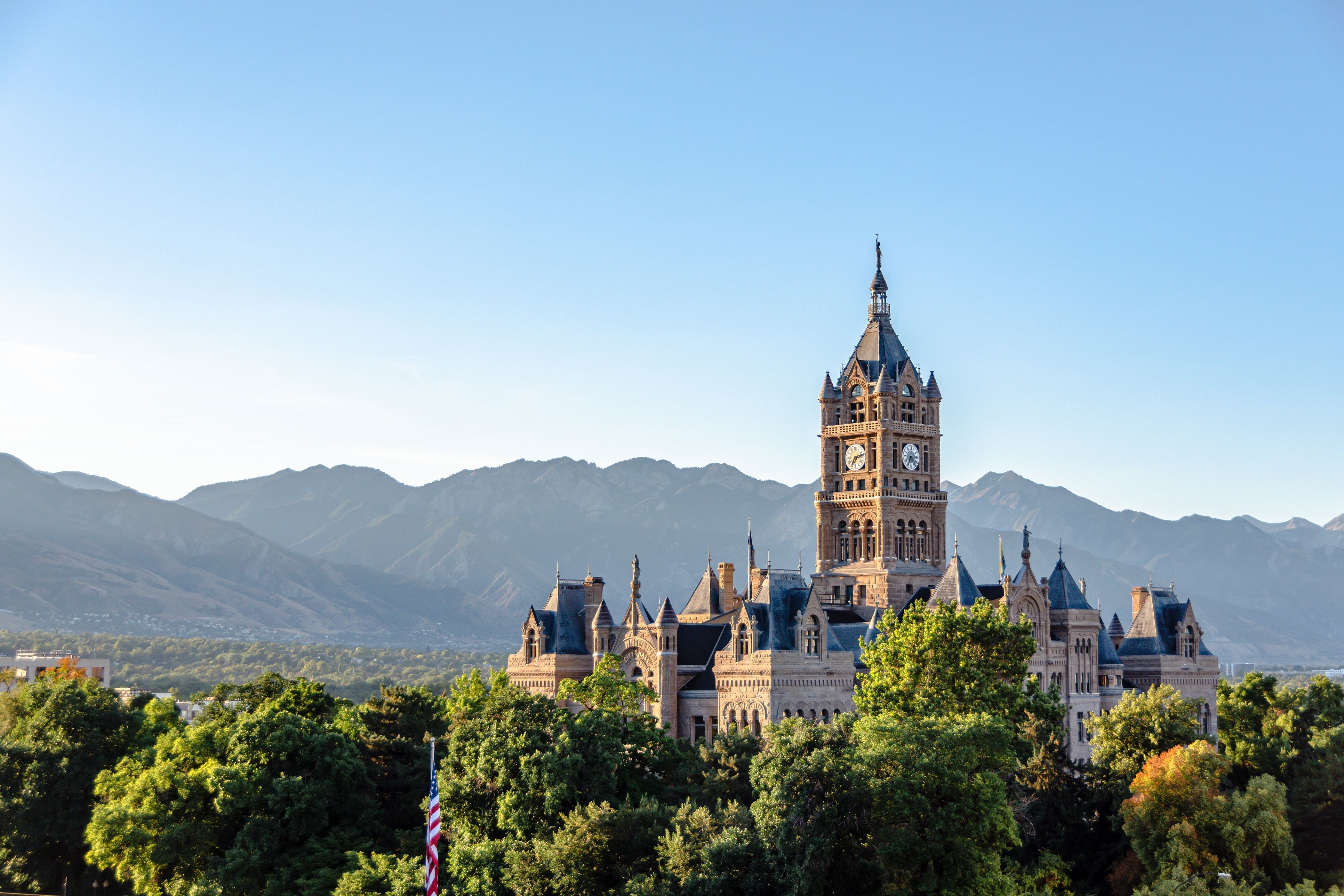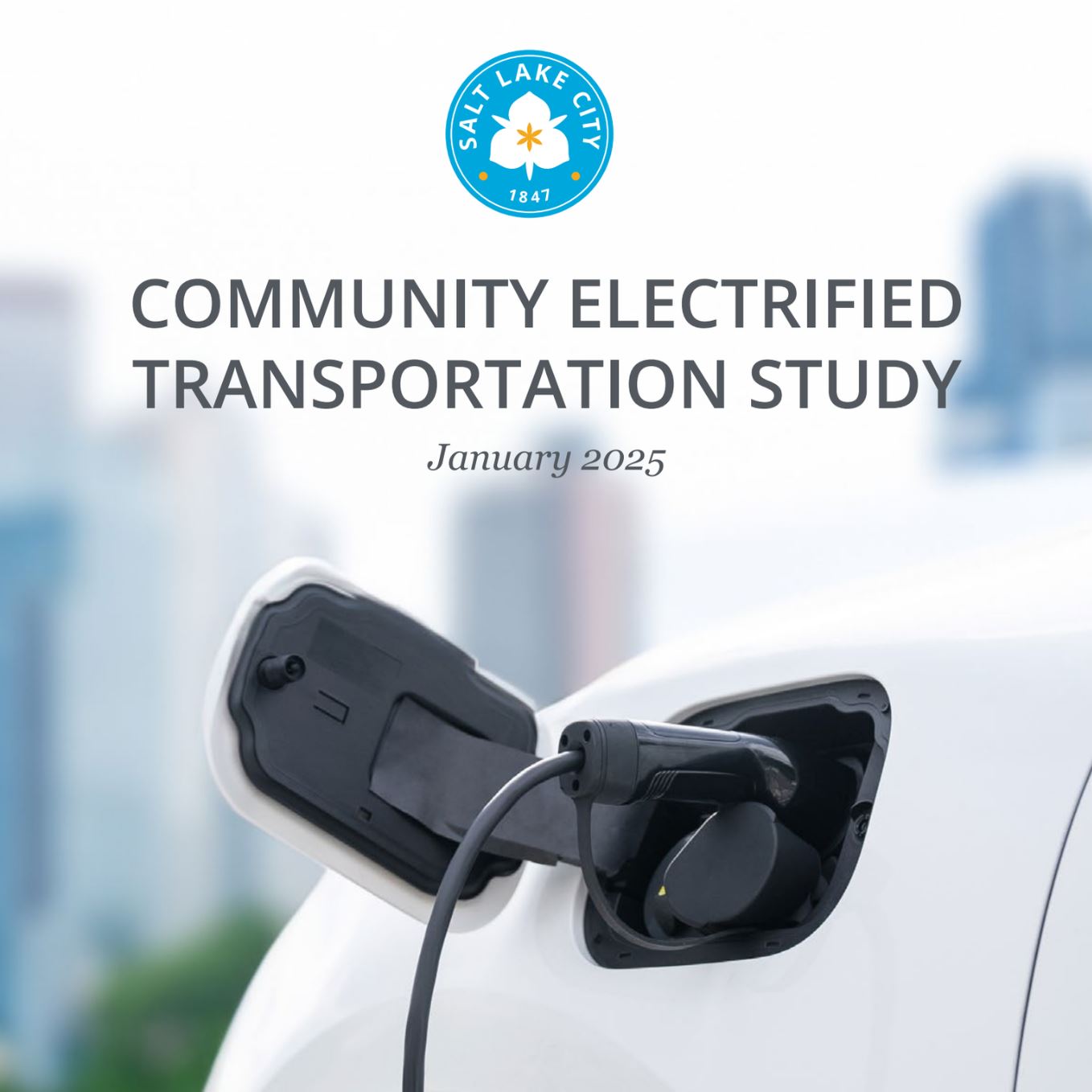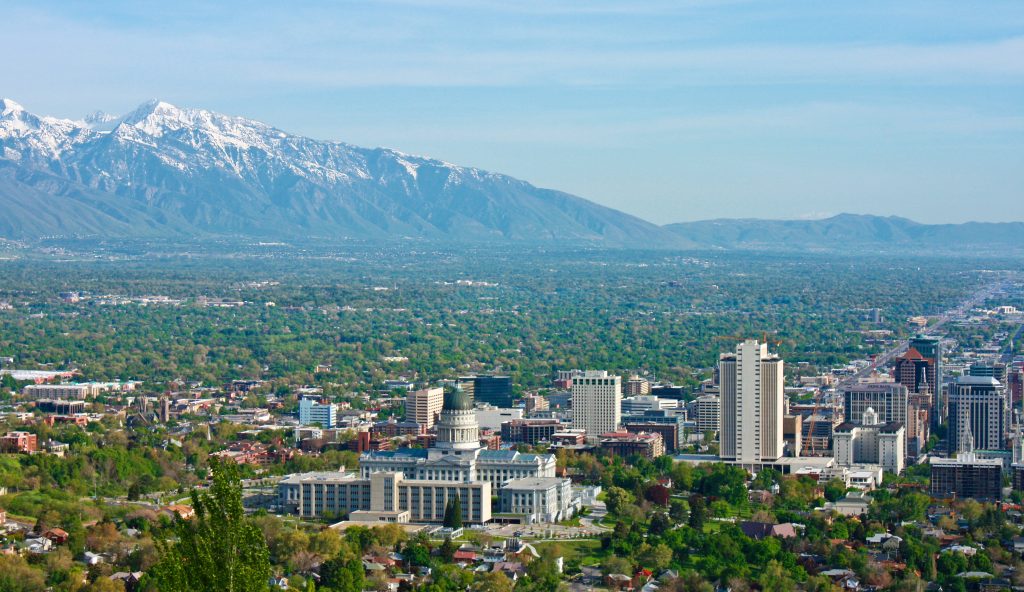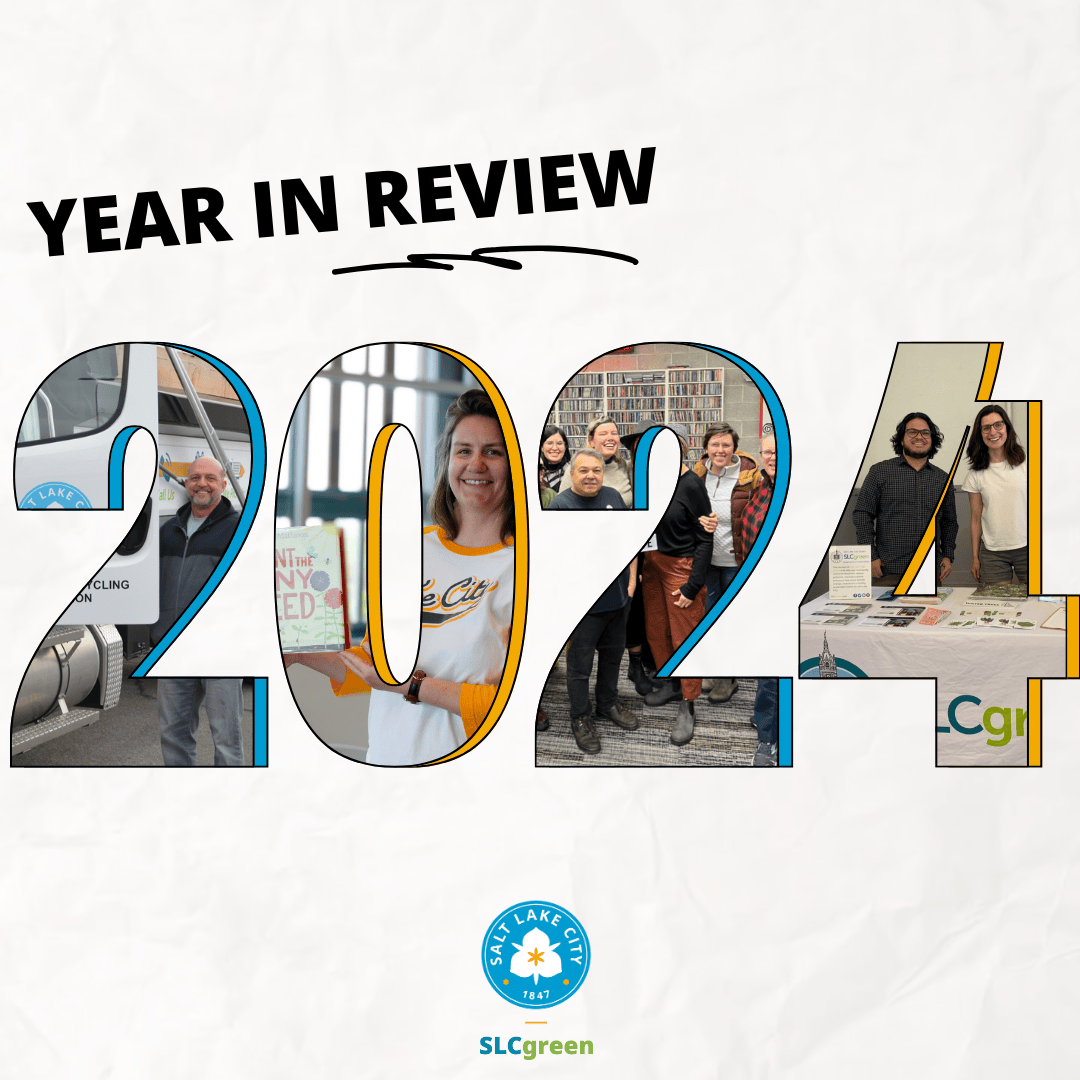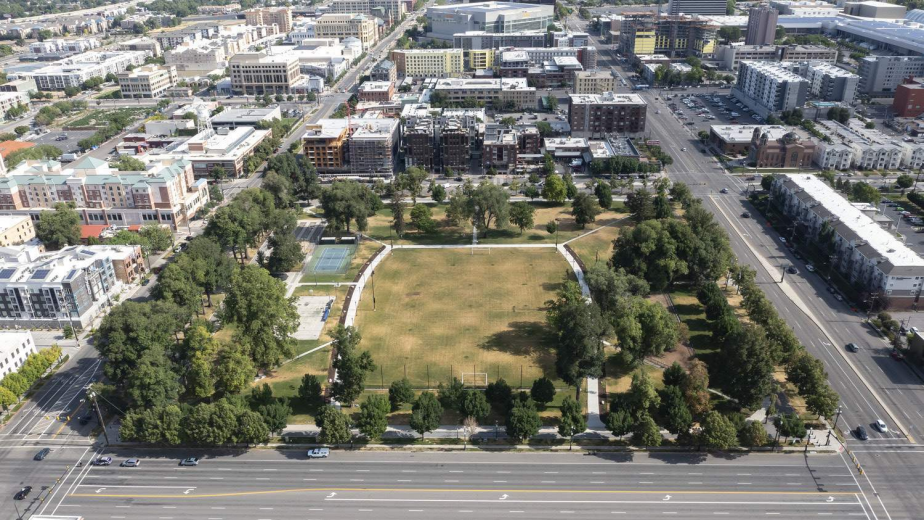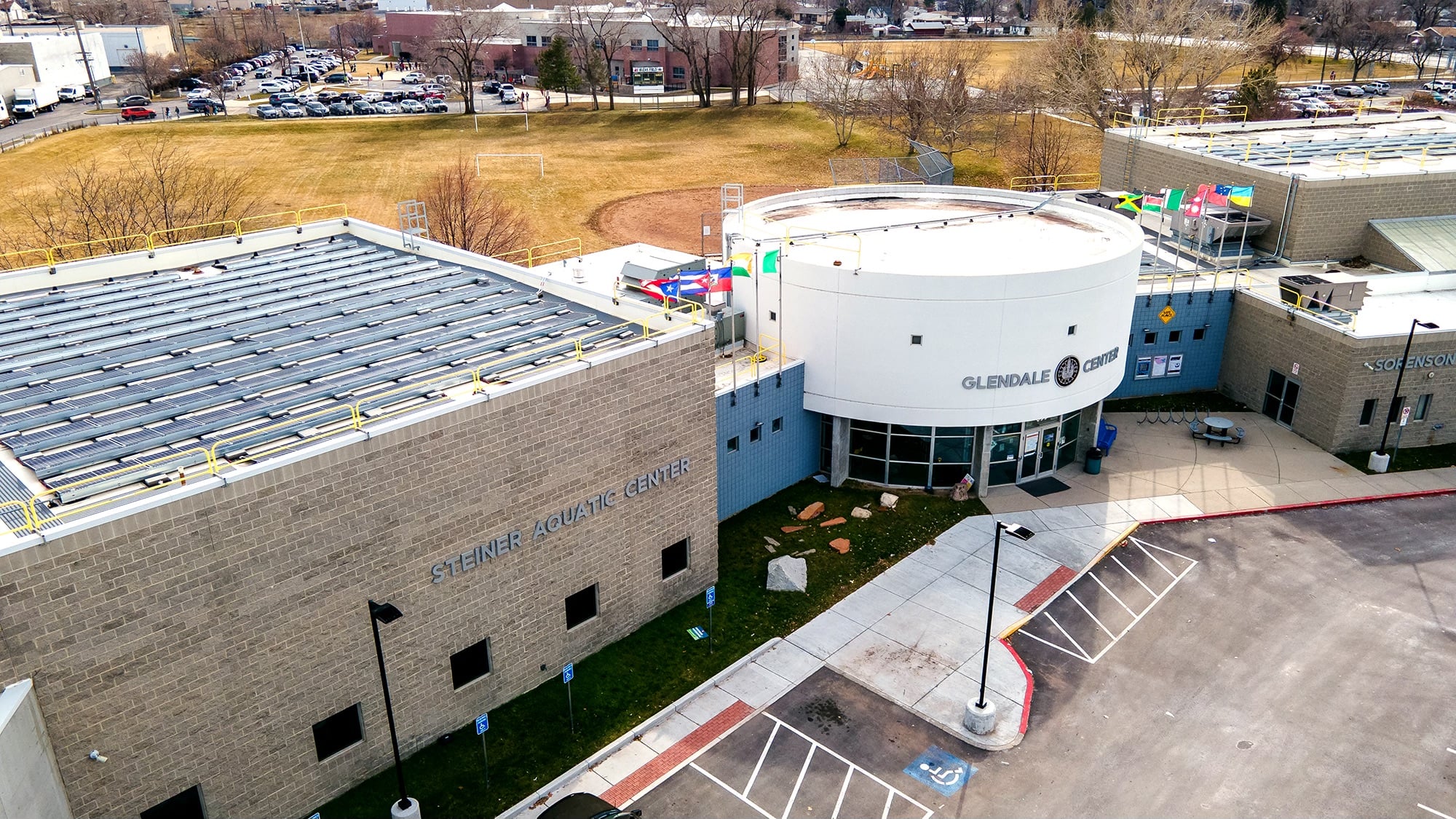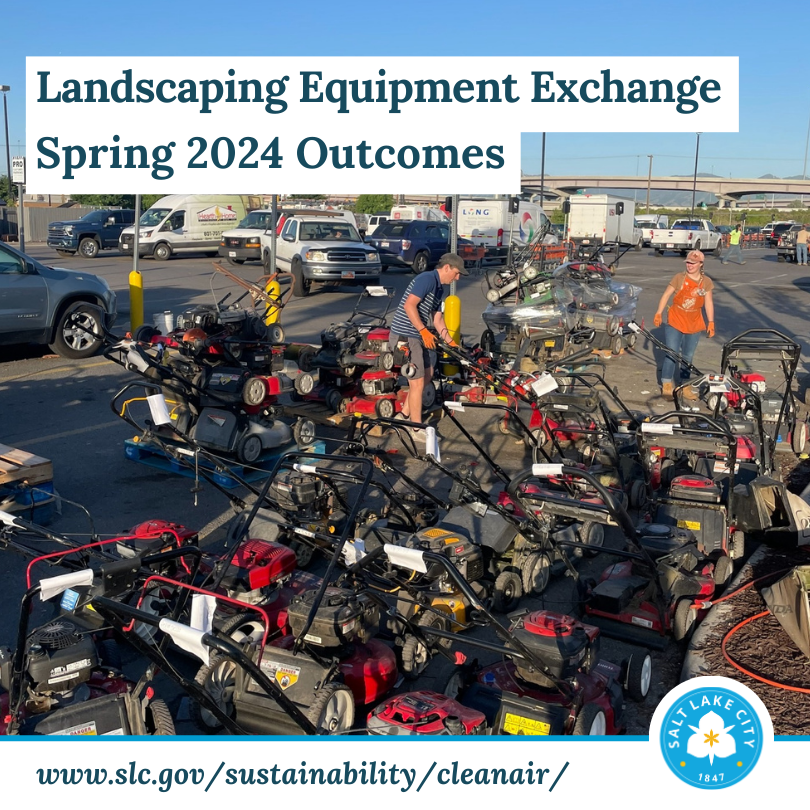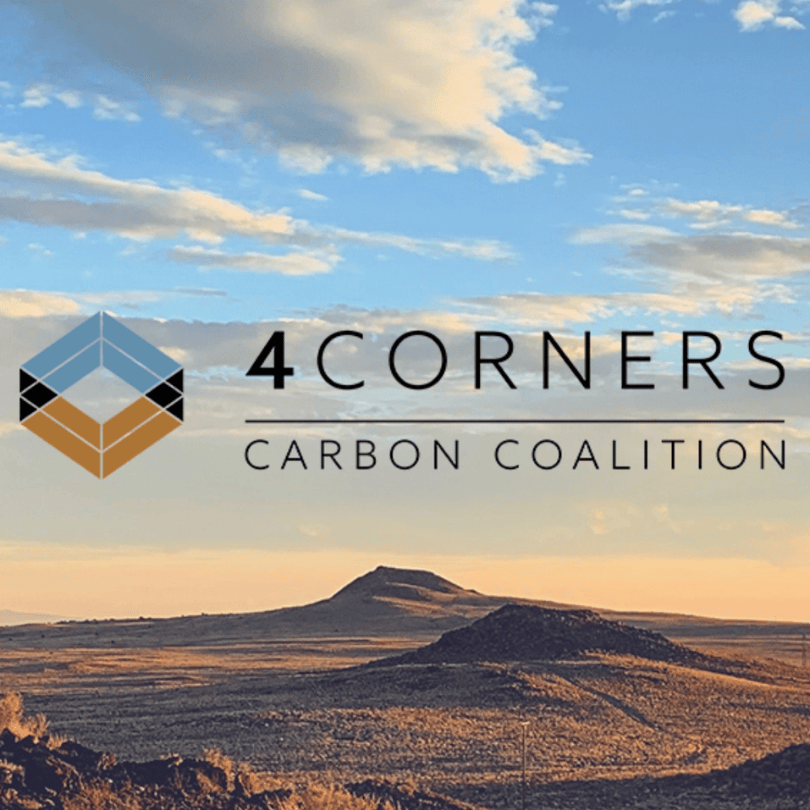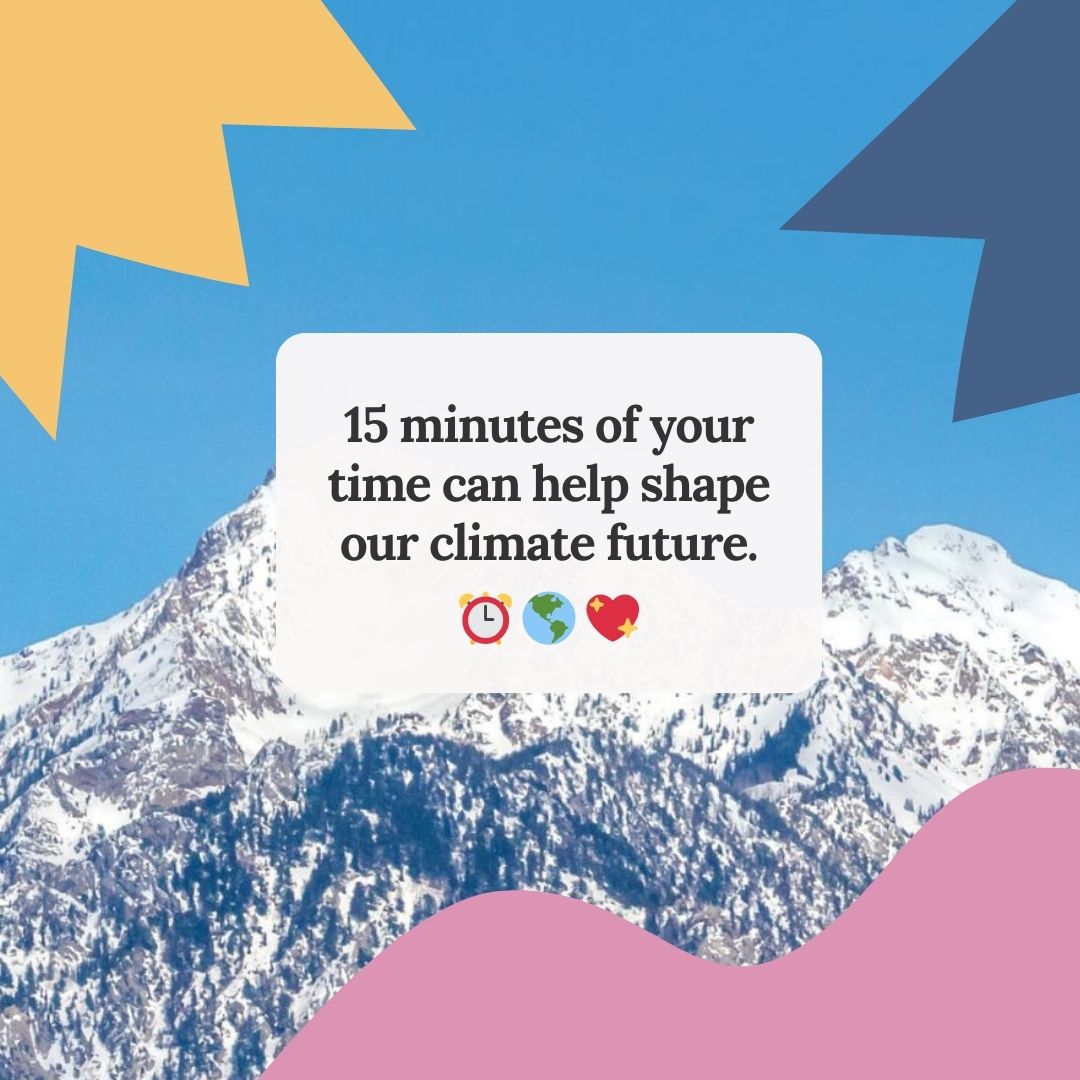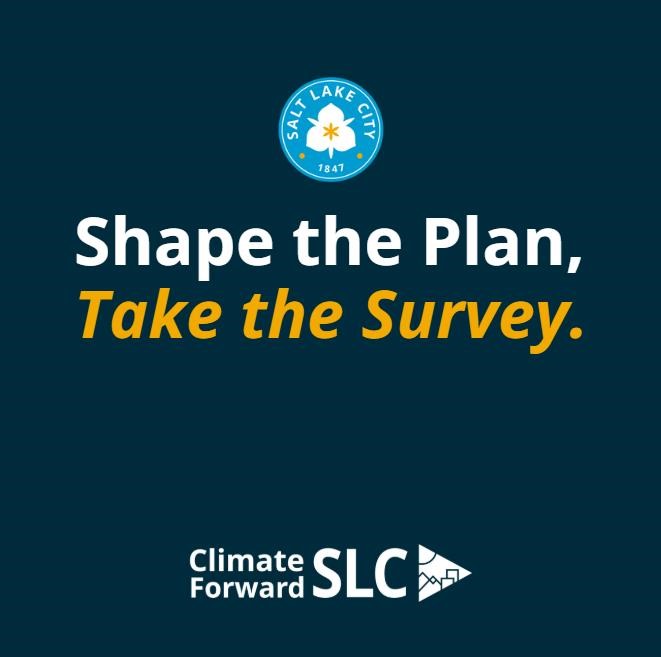
Salt Lake City invites residents to help shape its climate action plan, “Climate Forward SLC”
Sept. 15, 2025
While climate change is a global crisis, many impacts are being tackled on local, community levels. Salt Lake City has been a leader in Utah, first committing to climate action in 2002 with the Kyoto Protocol. Since then, the City has achieved a lot, but much has also changed and evolved.
To refresh critical future steps, Salt Lake City Mayor Erin Mendenhall and the City’s Sustainability Department recently launched Climate Forward SLC, a process to update the City’s climate strategy.
Continue reading
